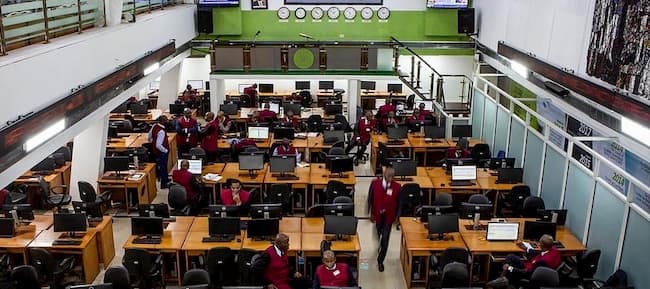As a consequence of asset and fund management sell downs in the secondary market, the average yield on Federal Government of Nigeria (FGN) bonds instrument landed at 14.1% midweek. Despite a double-digit high interest rate environment, investors in the fixed interest market are now earning less than the yearly inflation rate of 24.08%.
While investors regard the development as a type of financial repression that permits the government to borrow at lower interest rates from the organized market, the risk-free investment does not command a premium.
The absence of other investment choices has aided the market’s survival, which has been aided by government law requiring pension fund administrators to invest a major portion of pension assets in local borrowing instruments.
Investors in the local bond market continue to seek yield repricing in order to decrease their exposure to increasing inflation, but ample liquidity in the financial system has pushed demand higher, allowing debt agencies to lower borrowing costs.
Cowry Asset Managers said yesterday in its market update that the Nigeria Interbank Offer Rate (NIBOR) has fallen across the board for all maturities monitored.
Asset managers ascribed the change to an increase in liquidity. As activity in the Central Bank of Nigeria’s (CBN) standing lending facility (SLF) slowed, cash-rich local deposit money banks with liquidity requests accepted lower rates.
Notably, the six-month NIBOR rate decreased by 204 basis points, reaching 10.52%, according to Cowry Asset while other money market short-term benchmark rates declined.
Data from FMDQ showed that the open repo rate (OPR) and the overnight lending rate (OVN) closed in a mixed bag. Overnight crashed by 10 basis points to 3.00% while OPR advanced 8 basis points to 2.5%.
Also, the average secondary market yield on Treasury bills was bullish. Due to buying momentum in the market, the average yield declined 2 basis points to close at 7.27%. On the other hand, the bond market ended on a bearish note.
The selloffs on government bonds pushed the average yield advanced by 6 basis points to 14.1%. Across the benchmark curve, Cordros Capital told investors via email that the average yield expanded at the short (+24bps) end following the sell-off of the MAR-2025 (+113bps) bond.
Elsewhere, the average yield closed flat at the mid and long segments. Selling pressure was seen across mid- and long-dated securities, particularly in the 23-FEB 2028 bond, which led to an expansion in the yield. Bonds Yield Rises 20bps Amidst Mixed Expectations
Cowry Asset said 10-year and 30-year borrowing costs stayed flat from the last close of 14.26% and 15.40%, while the 20-year paper also held steady at 15.19%.
Elsewhere, FGN Eurobonds were largely bearish for most maturities tracked, as the average secondary market yield closed higher at 11.02%. Looking ahead, fixed interest securities traders said the current macroeconomic headwinds and stubbornly high inflation rate could prompt investors to bid for higher rates as incentives.













